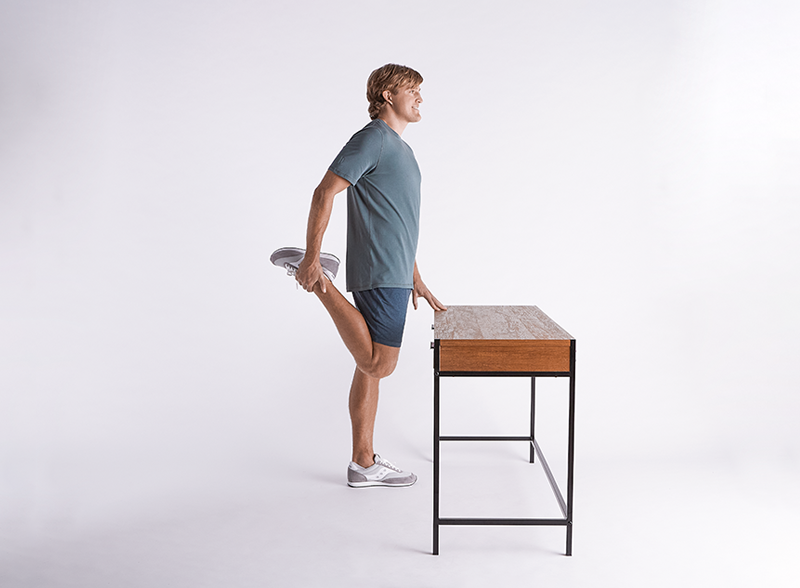Cómo hacer un estiramiento de cuádriceps: una guía de Hinge Health
Aprende a hacer estiramientos cuádruples para ayudar a mejorar el dolor de rodilla, además de modificaciones para hacerlo más fácil o más difícil.
$0 costo para usted
Fecha de Publicación: Apr 28, 2023
El índice
Fully covered knee pain relief
Find relief from knee pain, knee locking, stiff knees, & more.
Check if I'm eligible